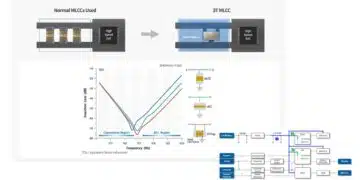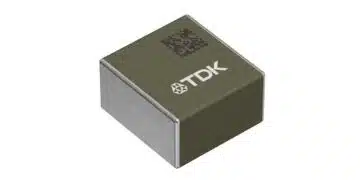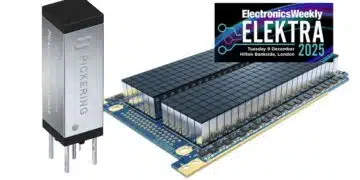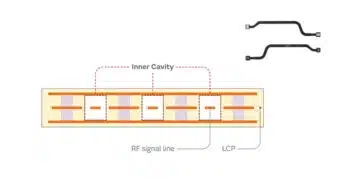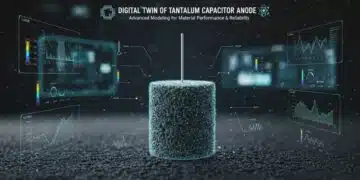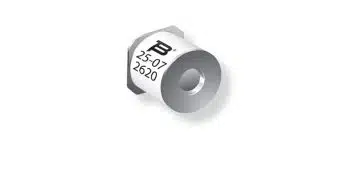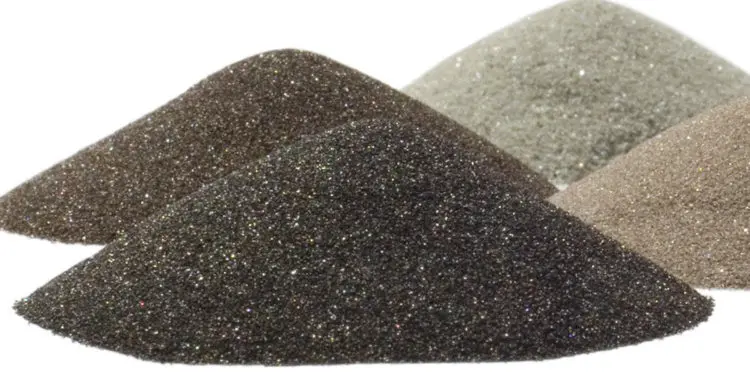Global Advanced Metals Pty Ltd (GAM), a world leader in the socially responsible production of tantalum, recognizes the importance of the latest action from the U.S. government to encourage secure and sustainable production of tantalum from trusted producers. On September 29, the U.S. Department of Defense (“DoD”) issued an interim rule that will require DoD contractors to cease supplying tantalum originally sourced in various forms from adversarial foreign suppliers in a specified list of nations.
GAM’s operations — from mine to finished product — are fully compliant under DoD’s new rule (DFARS 225.7018) that restricts the department from purchasing tantalum oxides, metals, and alloys which were derived at nearly any point in the supply chain from Russia, China, Iran, and North Korea. The rule formally implements a national security measure, signed into law last year, designed to limit DoD’s exposure to non-allied sources for tantalum. Prized for its unique properties and uses in key defense technologies, tantalum is a designated critical mineral whose absence “would have significant consequences for the economy or national security,” reported the Department of Interior in 2018.
“As the world’s leading vertically integrated tantalum producer, we stand ready to deliver high performance and DFARS-compliant tantalum products to our customers,” said Steve Krause, President of GAM Technology. “Now, more than ever, U.S. Department of Defense suppliers need dependable partners with reliable critical material supply chains, and GAM is capable of meeting their tantalum powder, chips, ingot, rod, plate or sheet enabling them to conform to this requirement.”
DFARS 225.7018 implements section 849 of the National Defense Authorization Act (“NDAA”) for Fiscal Year 2020. Section 849 of the NDAA added tantalum to an existing statute (10 U.S.C. §2533c) that lists critical materials DoD cannot source (with few exceptions) from Russia, China, Iran, and North Korea.


